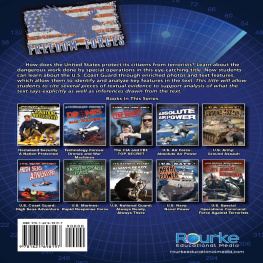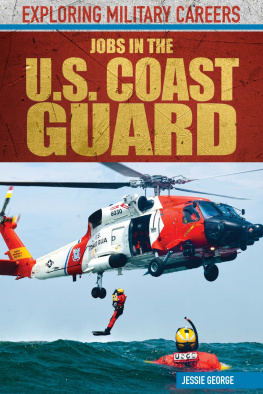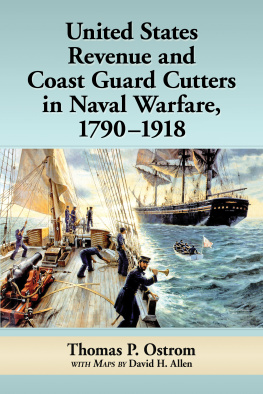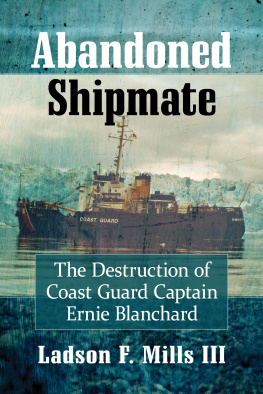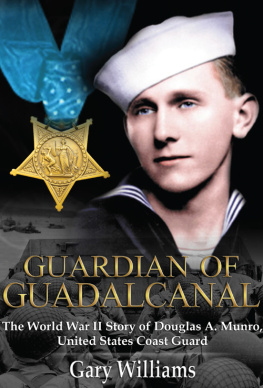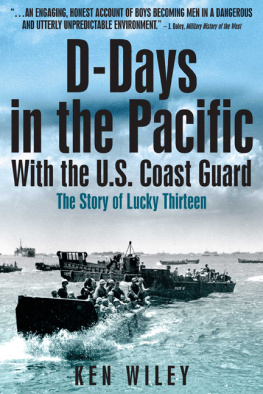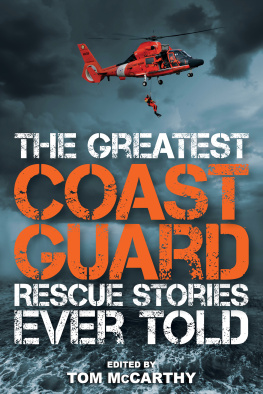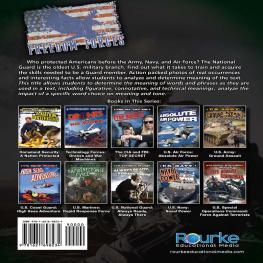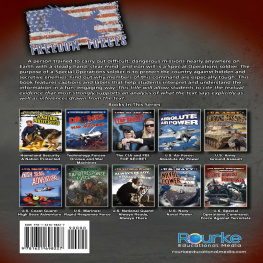Table of Contents
Guide
Level: T Word Count: 1,342 Words
Content Area Vocabulary:
Read the list. What do these words mean?
coasts
crisis
expeditions
foreign
laws
patrol
rescue
smugglers
trafficking
vessels
Building Background Knowledge
Before reading a book, it is important to tap into what your child or students already know about the topic. This will help them develop their vocabulary, increase their reading comprehension, and make connections across the curriculum.
| Look at the cover of the book.
What will this book be about? |
| What do you already know about the topic? |
| Lets study the Table of Contents.
What will you learn about in the books chapters? |
| What would you like to learn about this topic?
Do you think you might learn about it from this book? Why or why not? |
| Use a reading journal to write about your knowledge of this topic. Record what you already know about the topic and what you hope to learn about the topic. |
| Read the book. |
| In your reading journal, record what you learned about the topic and your response to the book. |
| Complete the activities at the end of the book. |
TABLE OF CONTENTS
ch 1 |
ch 2 |
ch 3 |
ch 4 |
ch 5 |
ch 6 |
ch 7 |
ch 8 |

2014 Rourke Educational Media LLC
All rights reserved. No part of this book may be reproduced or utilized in any form or by any means, electronic or mechanical including photocopying, recording, or by any information storage and retrieval system without permission in writing from the publisher.
www.rourkepublishing.com
PHOTO CREDITS: Cover: Official USCG photo by PA1 Kurt Fredrickson, radar screen background on cover and pages SkillUp; flag on back cover and title page SFerdon; Page 4 Rembrandt Peale 1854; Page 5 John Trumbull 1804, James A. Mitchell, III, ildogesto; Page 6 Illustrated London News; Page 7 US Coast guard, ildogesto; Page 9 ildogesto; Page 10 National Archives & Records Administration; Page 11 ildogesto; Page 13 Tom Sperduto; Page 14/15 Petty Officer 1st Class Michael O'Day US Navy; Page 16 U.S. Coast Guard, John Edwards; Page 17 U.S. Coast Guard; Page 18 Petty Officer 2nd Class Lauren Jorgensen; Page 19 U.S. Coast Guard, U.S. Navy; Page 20 Isaac Pacheco, Petty Officer 2nd Class Charly Hengen; Page 21 Petty Officer 3rd Class Cynthia Oldham, U.S. Coast Guard; Pages 22 and 23 U.S. Coast Guard; Page 24 Mass Communications Specialist 1st Class Corey Lewis US Navy; Page 25 U.S. Coast Guard, Petty Officer 1st Class Michael Anderson U.S. Coast Guard; Page 26 Mass Communication Specialist 2nd Class Stuart Phillips, Petty Officer 3rd Class Jon-Paul; Rios, PA1 Timothy Tamargo; Page 27 Petty Officer 1st Class Luke Pinneo; Pages 28 and 29 NOAA;
Edited by Precious McKenzie
Designed and Produced by Blue Door Publishing, FL
Library of Congress Cataloging-in-Publication Data
U.S. Coast Guard: High Seas Adventure / Piper Welsh
p. cm. -- (Freedom Forces)
ISBN 978-1-62169-924-8 (hard cover) (alk. paper)
ISBN 978-1-62169-819-7 (soft cover)
ISBN 978-1-62717-028-4 (e-book)
Library of Congress Control Number: 2013938876
Rourke Educational Media
Printed in the United States of America,
North Mankato, Minnesota


rourkeeducationalmedia.com
customerservice@rourkeeducationalmedia.com
PO Box 643328 Vero Beach, Florida 32964
CHAPTER ONE
THANK YOU, GEORGE WASHINGTON!
After the United States won its independence from Great Britain, smugglers continued to run the coastlines, not paying taxes on the goods they were carrying and selling. The young United States was losing millions of desperately needed dollars. But, Alexander Hamilton had a plan to stop smugglers and send the lost dollars right into the U.S. Treasury. In April of 1790, Hamilton asked Congress to build maritime vessels to combat smuggling and regain lost tax dollars. By August of 1790, George Washington signed the Tariff Act. With Washingtons signature on this historic act, ten vessels were built to enforce the nations tariffs and collect revenue.
The Coast Guard did not stay close to American coasts. Their duty was to patrol and protect the high seas from smugglers and pirates. Vessels traveled to remote and dangerous places such as Paraguay, Mexico, and the far reaches of Alaska. Coast Guard cutters represented the law in lawless lands and the open seas.
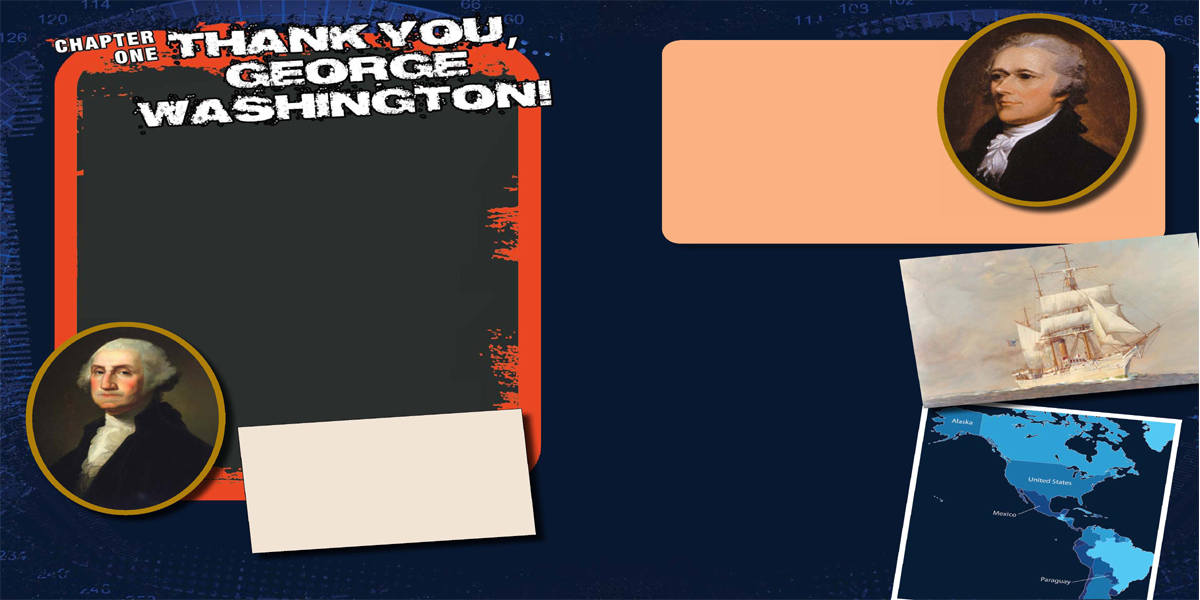
Coast Guard Cutters
The first ten vessels were called cutters, and the early Coast Guard was called the Revenue Cutter Service. It was renamed the Coast Guard in 1915.
After the American Revolution, the United States was $75 million in debt. Alexander Hamilton, the first Secretary of the Treasury, wanted to pay off the debt as quickly as possible. He believed The debt ofthe United States was the price of liberty.
CHAPTER TWO
THE DARING BERING SEA PATROL
After the United States purchased Alaska in 1867, Coast Guard cutters had to tackle the treacherous conditions of the icy Bering Strait. Why did the United States need a patrol in the frigid Arctic Zone? One of their main duties was monitoring and enforcing the hunting of fur seals.
The Bering Sea Patrol had other important duties in remote northern waters. When whalers and steam ships got stuck on ice or stranded at sea, it was the Bering Sea Patrol to the rescue.The Bering Sea Patrol operated many life-saving expeditions. They even carried food and medical supplies to remote Alaskan villages. The ships doctor would help sick or injured natives in Alaska or Siberia.
HERO HIGHLIGHT
Captain Ellsworth Price Bertholf was the first commandant of the Coast Guard. Congress awarded him the Gold Medal of Honor for his part in the Point Barrow-Overland Relief Expedition.
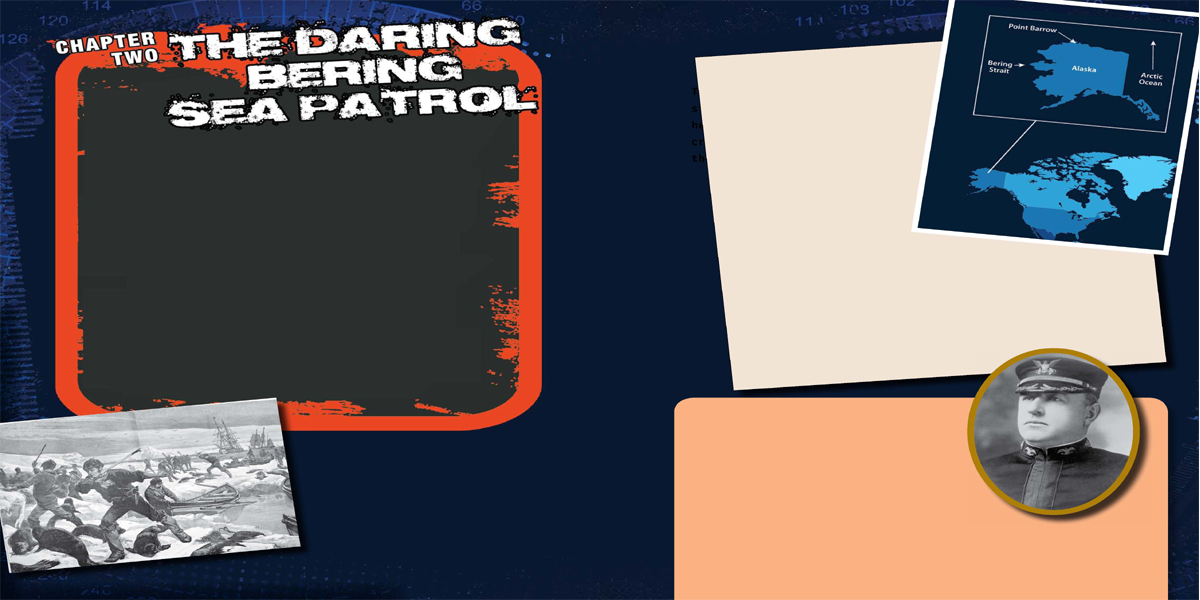
Great Britain and the United States almost went to war over seals in the 1890s.The seal pelts were a huge source of revenue for companies around the world. However, the United States wanted to protect the seals breeding grounds from hunting. The Revenue Cutter Service policed the frigid waters off Alaska to make sure no one was hunting the seals illegally.
The infamous Overland Relief Expedition during the winter of 1897, required the Coast Guards bravery and skills. Eight whaling ships were trapped in thick ice fields around Point Barrow. Without a way to get free from the ice, the whalers would starve to death. On December 16, 1897, the rescuers began their dangerous voyage using skis, snowshoes, and dog sleds pulled by reindeer. They fought sub zero temperatures, blinding blizzards, and thick Arctic darkness. Then, on March 29, 1898, the rescuers made it to Point Barrow. The expedition brought food to the starved and stranded whalers, in the form of 382 reindeer!

